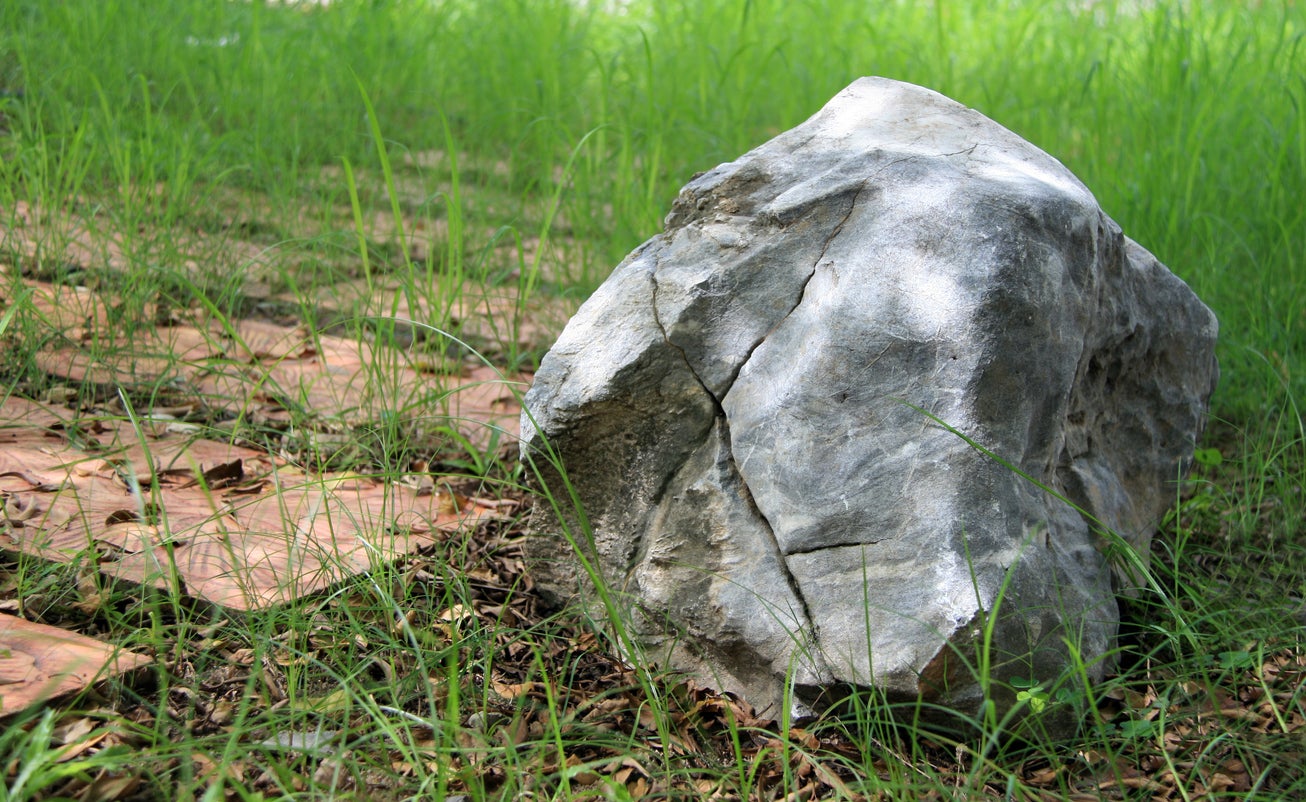Landscaping With Limestone: Tips For Gardening With Limestone


Known for its durability and attractive color, limestone is a popular choice for landscaping in the garden and the backyard. So how do you use limestone, and when should you use it? Keep reading to learn more about limestone garden design.
How to Use Limestone in the Garden
Limestone is a durable sedimentary rock with a pleasant white color that fits in well in many landscape designs. It is popular both in gravel and slab forms, and can be used for paths, walls, garden beds, accents, and more.
The most common application of limestone in the garden is probably in making pathways. Crushed limestone gravel is relatively inexpensive and makes for an attractive, natural looking but durable walking surface. Paths made of large limestone pavers are also popular, but with big slabs some considerations have to be taken into account.
Limestone can become slippery when wet, so any slabs that are going to take foot traffic should be textured ahead of time, either with sand blasting or bush hammering. It’s also important to pick stones that can hold up to the elements and foot traffic.
Limestone is rated by ASTM International according to hardness-- outdoor paths should be made of stones that are rated III. Limestone rated I and II will wear away overtime.
More Limestone Garden Design Ideas
Gardening with limestone isn’t limited to paths. Limestone is also a popular material for walls and raised garden beds. It can be bought as pre-shaped bricks or landscaping blocks. Just remember that limestone is heavy and may take professional equipment to move.
If you’re looking for a more natural method of landscaping with limestone, you might want to consider an accent rock or boulder. Uncut limestone rocks can make for a commanding and intriguing presence in your garden.
Gardening tips, videos, info and more delivered right to your inbox!
Sign up for the Gardening Know How newsletter today and receive a free copy of our e-book "How to Grow Delicious Tomatoes".
If they’re small, they can be scattered throughout the landscape for added interest. If you have an especially big piece, try placing it in the middle of your garden or yard for an eye-catching centerpiece you can build around.

The only child of a horticulturist and an English teacher, Liz Baessler was destined to become a gardening editor. She has been with Gardening Know how since 2015, and a Senior Editor since 2020. She holds a BA in English from Brandeis University and an MA in English from the University of Geneva, Switzerland. After years of gardening in containers and community garden plots, she finally has a backyard of her own, which she is systematically filling with vegetables and flowers.